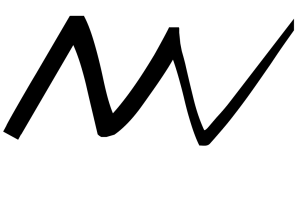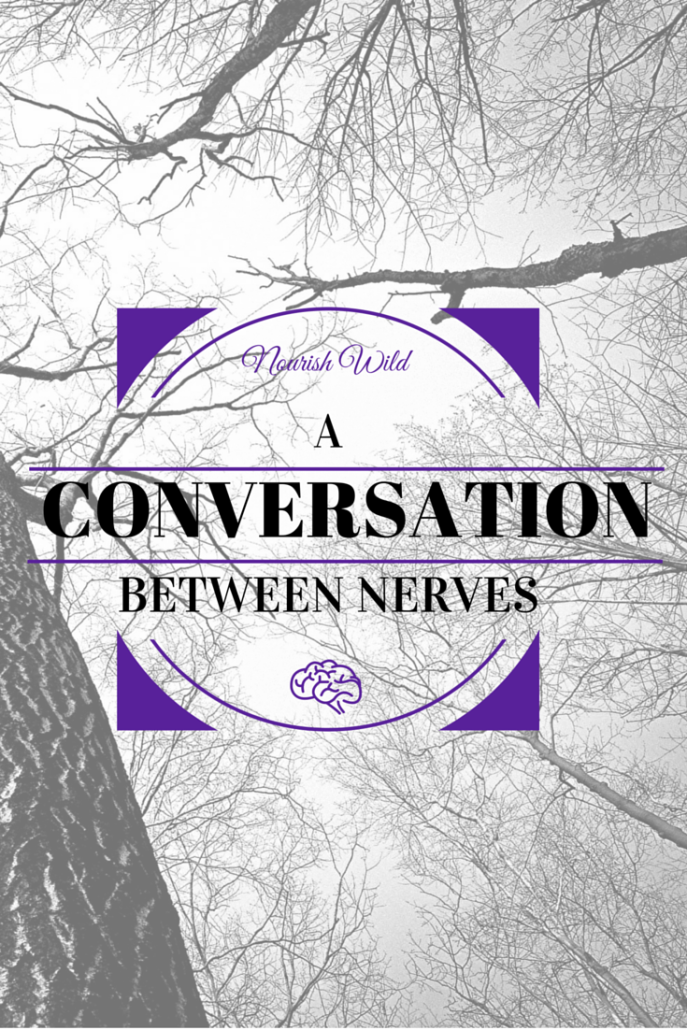Movement Comparison Between Early Humans And Modern Humans
Movement Comparison Between Early Humans And Modern Humans
In mid September 2015, scientist Lee Berger discovered what could be the potential missing link in the current evolutionary trail of modern humans, Homo Sapiens. While exploring deep in the caves of South Africa, he uncovered an absolute gold mine for Science. He and his team uncovered a new human species that is being called, Homo Naledi. This new species has both characteristics of the Australopithecus genus of hominids and the Homo genus of hominids. Homo Naledi looks very similar to our current species of Homo Sapiens in the arms and legs, but the spine and torso are more in line with Australopithecus, more chimpanzee like. This means Naledi was simply shorter and wider through the pelvis and rib cage than are modern humans. It also means Naledi had arms of a similar length to modern humans and legs slightly shorter, but similar in bipedal movement patterns. Naledi walked like modern humans and had the ability to manipulate tools similarly to modern humans, but were closer in size to the Chimpanzee skeleton.
The shape and size of the skeleton and the position and origins of the musculature are necessary to understand the evolutionary design when analyzing movement differences throughout hominid evolution. So with that in mind, let’s quickly explore movement patterns of current Homo Sapiens.
Current movement patterns for us humans today are extremely efficient and elegant, which is how dance came about. For the Homo Naledi and Australopithecus, movement was probably closer to a waddle, such as that of a penguin, but more elegant and not as severe as that of a penguin waddle. This probably came from a reduced separation between the rib cage and the pelvis, slightly shorter legs and a slightly wider pelvis. Being an upright animal and having a reduced ability to climb trees in comparison to the earlier evolutionary primates, humans basically lost a survival mechanism of hiding in the trees. Instead, we were more on the ground and now had to adapt to a different form of protection.
The new form of protection came in the way of speed. If humans could out run predators, they would be able to stay alive longer. When it comes to out running a wild animal, you just have to out run your buddy! OK, all jokes aside, the next question is how did we get faster?
Sapiens are taller than Naledi because of the mechanical stresses placed on the body. Over the years and generations, Nature found that longer leg bones and a slightly narrower pelvis could produce greater speed in humans. More speed placed the body under a great deal of mechanical stress, which sent a rippling effect throughout the entire body forcing it to adapt to the repeated stress of movement and increased energy demands. As with all adaptations in this world, the musculoskeletal system got compressed and pulled in different ways and eventually rearranged itself in a new orientation that would better manage the consistent mechanical stresses to ultimately produce a new equilibrium and an energy efficient system. The body’s goal is to always find a state of equilibrium when exposed to repeated stress so it can repair itself from previous damage. Once the bones, ligaments, muscles, and tendons adapt and get stronger, bigger, more flexible and more coordinated, they are better able to manage the stresses from movements, gravity and the sun to name a few.
Something that is truly fascinating is how the physical parts of the body adapt to external pressures, forces, and stresses. Muscles react to bones sliding off the joint surface by lengthening to “catch” the joint slipping, as joints are basically frictionless. The stress forces the brain and nervous system to innervate all other muscles around the slipping joints thus creating a coordinated firing pattern of the electrical signals in the nervous system to bring forth elegant and effortless movement. For example, as the knee joint “slips” off its surface between the tibia and femur, the knee will bend or flex. Upon flexion, this will lengthen the quadriceps muscle group and force the quadriceps to shorten itself to bring the knee joint back to a place of stability. Sure enough, this is precisely the role of the quadriceps – knee extension, or knee straightening. By taking this principle of muscle lengthening to “catch” the sliding action in a joint and applying it to every joint in the body, you can begin to imagine or picture the beauty of human movement. Over thousands of years of evolution and subtle tweaking of the motor neurons in our body, we have adapted and evolved into one of the most pristine animals to ever exist on the surface of the Earth.
Before wrapping up this post, it is important to realize that the human body can easily get injured when pushed beyond its mechanical limits. However, when it is kept within its mechanical limits and is fueled with the right raw materials (high quality foods from the Earth), the human mind and physical body can be an absolutely magnificent thing to watch and observe. And that, in my opinion, is why so many humans of the world are drawn to sports and other events that test the brilliance and limits of the human body. Because I have a passion for how the human body operates, I enjoy studying and hypothesizing about it to make progress in our understanding of what makes us human and then relaying that information to the rest of the world to help them regain their health and movement efficiency.
In summary, most modern humans (Homo Sapiens) have postural imbalances and poor mechanics, which become very obvious when you consider the number of people each year that get injured while performing even the most basic of movements. That said, those are just my thoughts on the evolution of mechanical behaviors of Homo Sapiens. What are your thoughts on why humans move the way they do?




